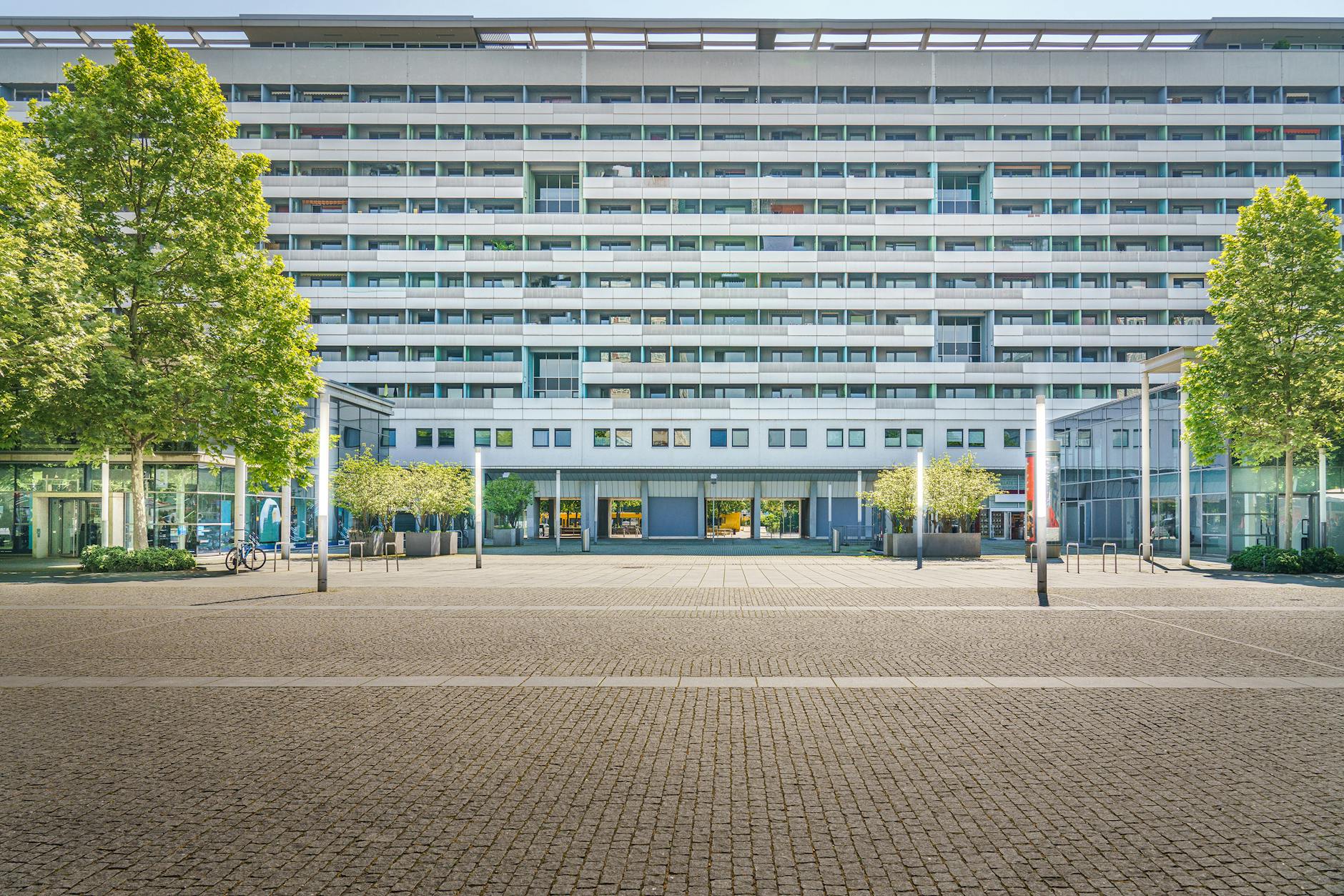A Comprehensive Guide to Commercial Real Estate Leasing and Brokerage
A comprehensive guide to commercial real estate leasing and brokerage
Commercial real estate leasing and brokerage play crucial roles in the dynamic landscape of business property management. Whether you are a business owner seeking office space or an investor looking to lease industrial properties, understanding the leasing process and the role of brokerage can significantly impact your success. This guide dives into the essential concepts, roles, and processes involved in commercial real estate leasing and brokerage, offering insights into market trends, negotiation strategies, and legal obligations. By exploring these interconnected topics, readers will gain a clear understanding of how to navigate leasing agreements, work effectively with brokers, and optimize their real estate investments in a competitive market.
Understanding commercial real estate leasing
Leasing commercial real estate differs significantly from residential leases due to higher stakes and more complex agreements. Commercial leases typically involve offices, retail spaces, warehouses, or industrial properties. These leases are longer-term, ranging anywhere from 3 to 20 years, with varying renewal options and escalation clauses.
Key lease types include:
- Gross lease: The landlord covers most expenses, and the tenant pays a fixed rent.
- Net lease: The tenant pays base rent plus some or all property expenses (taxes, insurance, maintenance).
- Percentage lease: Common in retail, tenants pay rent based on a percentage of their sales.
Successful leasing requires awareness of important lease terms, including rent structure, lease duration, renewal rights, tenant improvements, and termination clauses. A well-understood lease reduces risks and aligns expectations between landlord and tenant.
The role and value of a commercial real estate broker
A commercial real estate broker acts as an intermediary between tenants and landlords, facilitating transactions from property search to lease signing. Their expertise can save time and money by matching business needs with the right property and negotiating favorable terms.
Brokers bring value through:
- Market knowledge and access to off-market listings
- Analytical skills to evaluate market rents and conditions
- Negotiation expertise to optimize lease terms
- Handling documentation and compliance with legal requirements
Businesses benefit from brokers especially when entering unfamiliar markets or managing complex lease agreements. Most commercial brokers work on commissions paid by landlords, meaning tenant representation can sometimes be provided without direct costs to the tenant. Understanding the broker’s role helps businesses form effective partnerships and avoid common pitfalls.
Key considerations when negotiating a commercial lease
Negotiating a commercial lease requires strategic planning to balance cost, flexibility, and operational needs. Tenants should analyze the lease with a focus on several key areas:
| Consideration | Importance | Tips for negotiation |
|---|---|---|
| Rent escalation | Ensures predictable increases over time | Negotiate cap on increases or opt for fixed escalations |
| Tenant improvements | Customizing the space to business needs | Request landlord contributions or allowances |
| Renewal options | Provides future security | Secure multiple renewal terms on predefined conditions |
| Subleasing and assignment | Maintains flexibility if business changes | Include clauses allowing reasonable sublease approvals |
| Maintenance responsibilities | Clarifies who handles repairs and upkeep | Clearly define obligations to avoid disputes |
Consulting with legal and real estate professionals during negotiation can protect interests and avoid costly misunderstandings.
Market trends and their impact on leasing strategies
Current market trends heavily influence commercial leasing decisions. Factors such as economic fluctuations, interest rates, and the rise of remote work are reshaping demand across sectors:
- Office spaces: Demand is adjusting with hybrid work models, prompting tenants to prioritize flexible leases and collaborative areas.
- Industrial properties: E-commerce growth is driving increased demand for warehouses and distribution centers.
- Retail: Experiencing a shift toward experiential and service-oriented tenants due to changing consumer behavior.
Successful tenants and landlords stay attuned to these changes to adapt leasing terms proactively, whether by incorporating shorter lease durations, adding options for expansion or contraction, or renegotiating rent structures to maintain occupancy and profitability.
Conclusion
Navigating commercial real estate leasing and brokerage requires a comprehensive understanding of lease structures, market conditions, and negotiation tactics. The leasing process is multifaceted, involving various lease types and detailed terms that must align with the tenant’s business goals. A knowledgeable commercial real estate broker serves as a valuable ally, providing market insights and facilitating transactions efficiently.
Effective negotiation focuses on critical clauses such as rent escalation, tenant improvements, and renewal options to safeguard both operational needs and financial stability. Moreover, staying informed about evolving market trends enables tenants and landlords to craft adaptive leasing strategies that reflect current realities. By combining market awareness, professional support, and strategic planning, businesses can secure commercial spaces that foster growth while minimizing risks.
Image by: Jakub Zerdzicki
https://www.pexels.com/@jakubzerdzicki
editor's pick
latest video
news via inbox
Nulla turp dis cursus. Integer liberos euismod pretium faucibua

